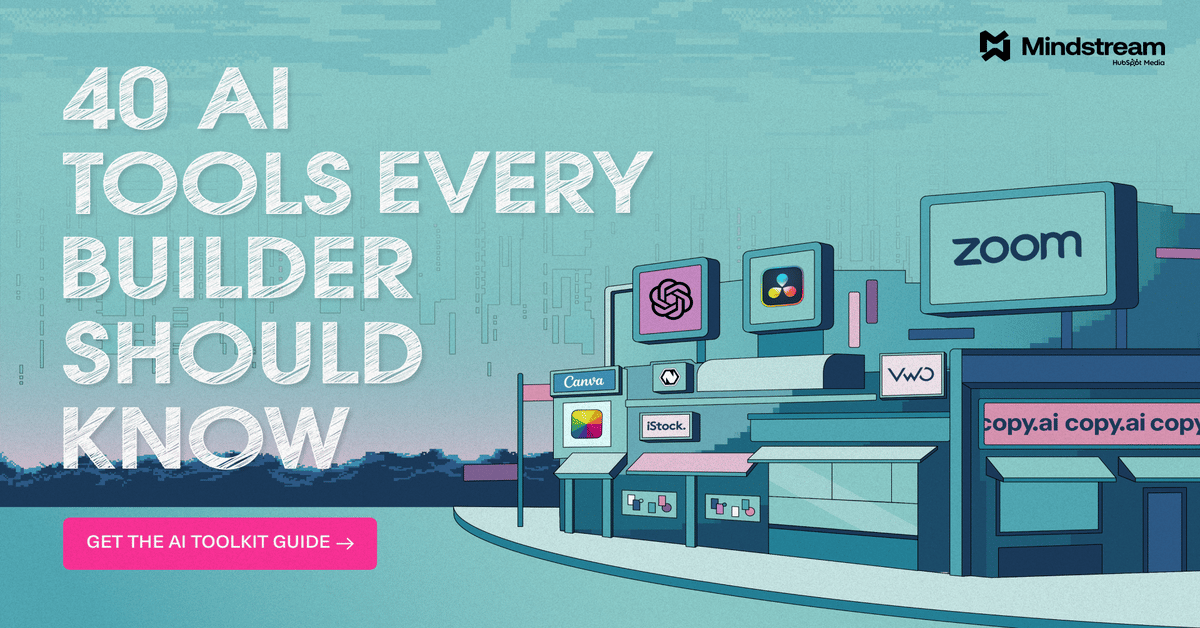⏱️ Read Time: 7 minutes
Government offices, newspapers, museums — no one’s off the target list this week. Between AI-mutating malware, state-backed Gemini abuse, and a Louvre audit that reads like The Da Vinci Code (meets IT Helpdesk), it’s another reminder that cyber-risk never clocks out.
📜 Table of Contents
🧨 Major Breaches & Incidents – CBO hack, Oracle supply-chain mess, SonicWall breach, UPenn compromise, Louvre security audit
🛰️ APTs & State Actors – Gemini AI abuse by nation-states
🕵️ Emerging Threats & Vulnerabilities – Chrome zero-days, AI-rewriting malware
🤖 AI in Cyber – Self-evolving malware takes center stage
🧩 Peripheral Picks – Supply-chain surge, critical-infra gaps, DragonForce ransomware deep dive
🖼️ Story Follow-Ups – CBO and Oracle post-mortems
🚨 Major Breaches & Incidents
Congressional Budget Office hacked by suspected foreign actor
The CBO confirmed a breach disrupting internal email and data systems, with early indicators pointing to a foreign intelligence campaign. Investigators are tracing infrastructure overlaps with prior Chinese operations.
👉 Key takeaway: Even “low-glamour” agencies can hold high-value intel.The Washington Post caught in Oracle E-Business Suite breach
The Post confirmed exposure in a supply-chain attack on Oracle software, part of a larger campaign linked to the CL0P ransomware group. The incident is spreading quiet panic among other enterprise users.
👉 Key takeaway: One vendor hole still equals hundreds of breached customers.SonicWall attributes breach to state-sponsored attackers
SonicWall confirmed its cloud-backup environment was accessed via API abuse, exfiltrating sensitive customer data. The company blames a nation-state actor and has rotated keys and access controls.
👉 Key takeaway: When defenders get owned, the supply chain gets nervous.University of Pennsylvania hit by attackers claiming 1.2 M records
Hackers breached UPenn systems, mocked administrators in emails, and claimed to steal student and staff data. The school is working with federal law enforcement to assess scope.
👉 Key takeaway: Universities hold gold — and rarely lock the vault.Louvre security audit reveals years of delayed upgrades before $102 M heist
France’s state auditor found the Louvre operating with outdated surveillance and access controls at the time of October’s $102 million jewel heist. Some cameras date back to the ’90s.
👉 Key takeaway: Cultural icons aren’t immune to 21st-century laziness in security budgets.
🛰️ APTs & State Actors
Nation-states weaponize Gemini AI for cyber operations
Google TAG reports Iranian, North Korean, and Chinese groups using Gemini for phishing lures, tool generation, and command infrastructure. Detection just got trickier.
👉 Key takeaway: Generative AI is now part of the state toolkit — for espionage, not just essay writing.
Ransomware operators earned more than $1.1 billion in 2024 alone — a record-setting haul for the bad guys. (Source: Chainalysis)🛡️ Emerging Threats and Vulnerabilities
Chrome emergency patch plugs critical RCE holes
Google pushed version 142 to fix five bugs including a WebGPU memory flaw and a V8 engine exploit already spotted in the wild. Users are urged to update immediately.
👉 Key takeaway: Delay a browser patch, invite an exploit party.
Choose the Right AI Tools
With thousands of AI tools available, how do you know which ones are worth your money? Subscribe to Mindstream and get our expert guide comparing 40+ popular AI tools. Discover which free options rival paid versions and when upgrading is essential. Stop overspending on tools you don't need and find the perfect AI stack for your workflow.
🤖 AI in Cyber
AI-powered malware rewrites itself to evade defenders
Google Threat Intelligence found malware families like PROMPTFLUX using LLMs to mutate their own code mid-execution. The AI arms race just officially went live.
👉 Key takeaway: Attackers now pivot faster than your change-management process.
🧩 Peripheral Picks
Software supply-chain attacks hit record high in October
Cyble counted 41 disclosed supply-chain compromises last month — the highest ever. Manufacturing and utilities topped the victim list.
👉 Key takeaway: Your vendor’s vendor might be your biggest risk.Why yesterday’s power-grid security won’t work tomorrow
Experts warn that as grids digitize, legacy defenses can’t handle OT-IT blending and remote attack vectors. Infrastructure modernization without security modernization is a trap.
👉 Key takeaway: Power security needs a firmware upgrade — literally.Tracking a DragonForce-affiliated ransomware attack on manufacturing
Darktrace detailed how attackers brute-forced accounts, moved laterally, and exfiltrated data before detonation. Automation was present — but not properly configured.
👉 Key takeaway: Detection without response is just expensive surveillance.
Proton Mail gives you a clutter-free space to read your newsletters — no tracking, no spam, no tabs.
🖼️ Story Follow-Ups
CBO Breach: Forensics now examining potential email exfiltration of sensitive budget drafts.
Oracle Supply-Chain Attack: Oracle plans a mass patch release and additional logging guidance for customers.
🧭 Mitigation & Best Practices
The takeaway from this week’s chaos: the threat surface is evolving faster than most orgs’ playbooks. Between AI-fueled attacks, dusty infrastructure, and supply-chain sprawl, the only sustainable defense is modernization — not more meetings.
Automate the Mundane.
From patching to phishing response, humans can’t keep pace with AI-accelerated threats. Automate what’s repetitive so analysts can focus on judgment, not drudgery.Defend the Supply Chain Like It’s Yours.
Oracle, SonicWall, and half your vendors are proof: third-party risk is first-party pain. Embed security expectations contractually and verify continuously — not annually.Modernize the Legacy.
The Louvre isn’t the only one running on antique tech. Prioritize upgrades for systems older than your interns, and segment those you can’t replace.Treat AI as Both Weapon and Shield.
AI-enabled malware isn’t theoretical anymore. Train your defenders to understand AI behaviors and leverage the same tools for detection, triage, and intel analysis.
👉 Bottom line: The organizations that thrive aren’t the most compliant — they’re the most adaptive.
Thanks for reading this week’s edition. Like what you see? Forward it!
Hate everything you see or have other feedback? Reply back to this email!


